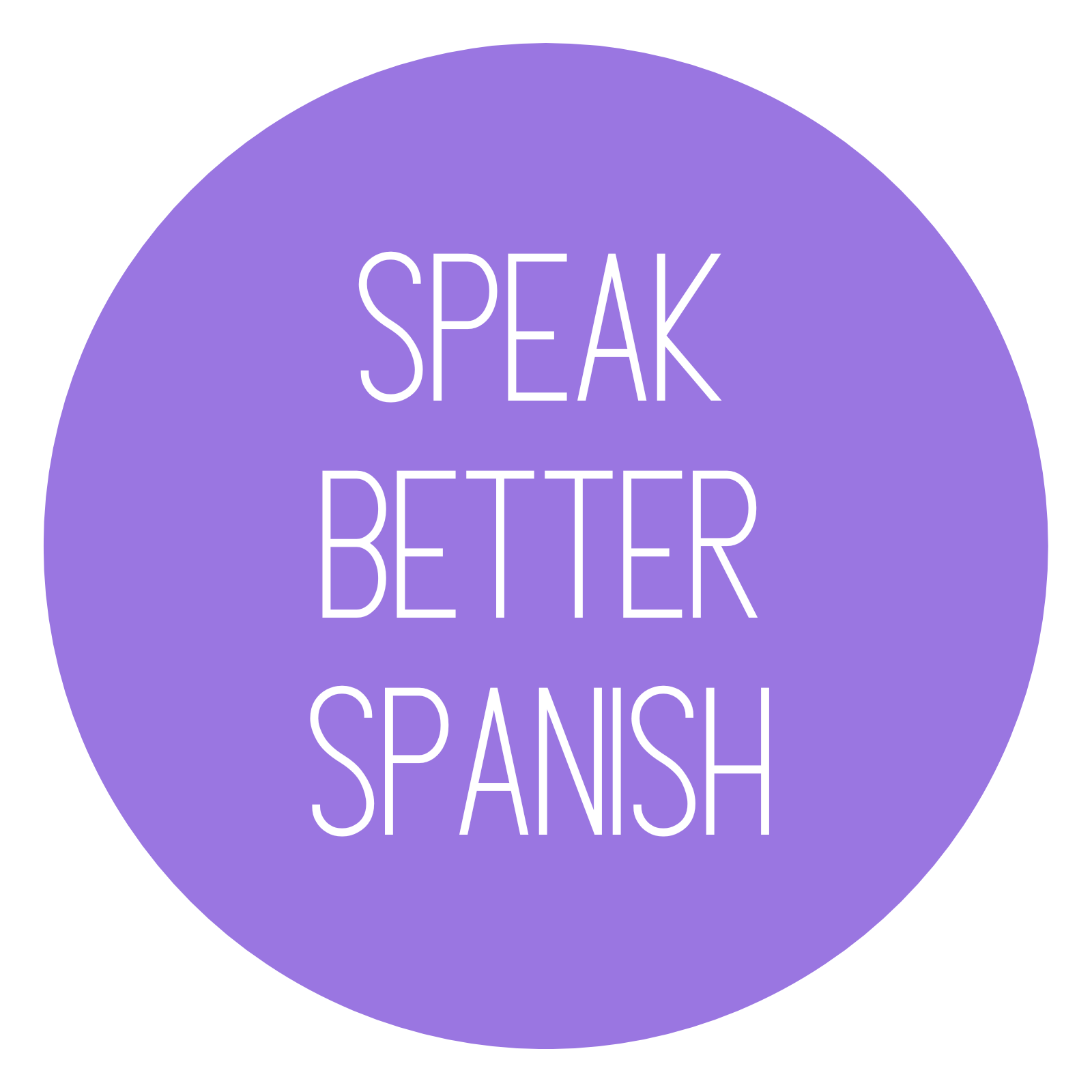Are you familiar with the Spanish alphabet?
No matter where you are on your learning Spanish journey, knowing the alphabet will help with your pronunciation and give you the foundation to learn Spanish spelling and words without relying on English. After all, the Spanish letters and how you pronounce them are the basis of the language. And on the plus side, the Spanish alphabet is super easy to learn! Let’s dive in!
ABC… The letters of the Spanish alphabet
The Spanish alphabet is called abecedario or alfabeto and it has 27 letters: the 26 Latin letters of the English alphabet plus one additional letter, ñ. Despite looking like an “n”, ñ (known as “eñe” in Spanish) is a special letter. It’s pronounced like the “ny” in “lanyard” or the “ni” in onion. Chances are you’ve seen this letter before in español (Spanish), baño (bath or bathroom), año (year), mañana (tomorrow), or piña colada (piña means “pineapple”).
The alphabet in Spanish
How do you pronounce the letters in Spanish? First, listen to how I pronounce the letters, and then check the written version below.
- Aa – is pronounced “a”
- Bb – be
- Cc – ce
- Dd – de
- Ee – e
- Ff – efe
- Gg – ge
- Hh – hache
- Ii – i
- Jj – jota
- Kk – ka
- Ll – ele
- Mm – eme
- Nn – ene
- Ññ – eñe
- Oo – o
- Pp – pe
- Qq – cu
- Rr – ere
- Ss – ese
- Tt – te
- Uu – u
- Vv – uve
- Ww – doble u or uve doble
- Xx – equis
- Yy – ye (it used to be “i griega,” but they recently changed the alphabet and pronunciation)
- Zz – zeta
The retired letters of the alphabet
Before 2010, the Spanish alphabet had more letters, including the groups of letters ch, ll, and rr. But the Real Academia Española, the institution in charge of the Spanish language, made the call to officially eliminate CH and LL as individual letters. Nowadays, they are considered digraphs, which are a combination of two letters that represent one sound (think of “th” or “ph” combinations in English.)
Here’s how you pronounce the digraphs in Spanish:
- ch (CH) – che
- ll (LL) – doble ele
- rr (RR) – doble ere
Ll has different pronunciations depending on the country. There’s a high chance that if you pronounce ll as “y,” you’ll be understood in most Spanish-speaking countries. The sound of ll can also be similar to the letter “j”. Because there are so many different Spanish accents, in some countries the “y” will turn into (and sound like) a “j.” Check out the examples with ll in Spanish.
The Spanish accent marks
Spanish often uses accent marks over vowels, but a marked vowel is not considered a separate letter as ñ is. These accents tell you which part of the word will be said with the most emphasis, and will also help you distinguish between Spanish words. For example, sí means “yes,” while si means “if,” or mas means “but,” while más means “more.” A wrong-placed accent can change the whole meaning of the word!
What about the mark on top of the letter “n”? That’s called a tilde (the symbol: ~) and when you see it on the letter “n,” you have a different alphabet letter: ñ.
That’s all folks! If you want more Spanish lessons, download our free Spanish conversation course ebook and sign up for our weekly newsletter. Thanks ❤️





0 Comments